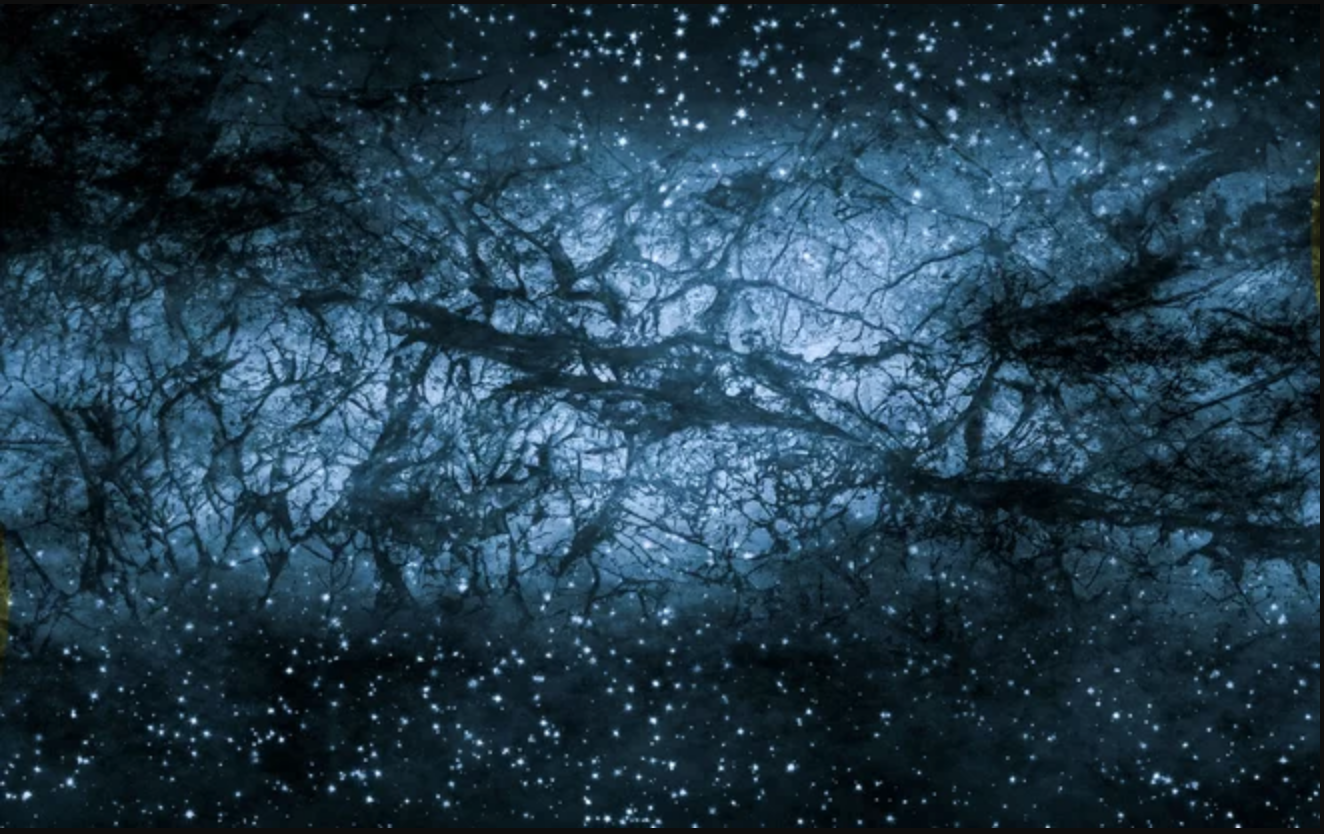
There are times when certain sciences—like, say, astrophysics—can seem like liberal arts. What distinguishes the liberal arts from sciences, supposedly, is the sciences have data which are usually discrete from the eye of the beholder. A rock is going to be a rock, no matter if you look at it or not, and even if you can’t agree on what to call the rock—sedimentary or igneous—it carries on its business through the centuries. But a literary object, like, say, Hamlet, is open to so much interpretation that the gaze creates as much as it observes. Then there are the in-the middle-fields, which involve both science and the liberal arts—like sociology, say—in which the balance between data and the way it is described is so complex we don’t have space to stabilize that here.
But sciences, like physics, are supposed to have hard evidence that is distinct from our desire. We can see the moon through a telescope, which leaves the moon unchanged. Praying to the moon does not affect it, either, since our wishes never reach it, so far as we know.
Google synonyms for desire and the word wish will come up. We don’t talk about “the power of a wish” in the same way as “the power of desire.” Wishes are ephemeral and local; desire occurs across a life. Desire is often hidden from the one who has desire—we sometimes feel surprised by looking at the pattern of our actions over time, when our desire becomes apparent—but we know when we make a wish. Wishes don’t bend our idea of the world, but desire makes us make mistakes, all the time.
We might say that wishes have no place in science, but hypotheses are wishes by another name. The hypothesis is what the scientist wants to prove, it is what she hopes is true. The hypothesis expresses the desire of the hypothesizer. I want this sodium to explode when someone throws it in a lake, so now I’ll throw it in a lake! This is also how we read a character in fiction: their dialogue and actions tells us what they want, in ways that they themselves don’t fully understand. Cheating on my wife might bring me happiness. I’ll try it! Every line a character speaks and thing they do betrays a flawed conception of the world, so each act is a wish, and if you put them all together, you can see that character’s desire. So it is that each hypothesis, every theory, every model, is a projection of desire. In certain novels, plot might well be seen as the protagonist’s hypothesis.
The pursuit of desire over...
You have reached your article limit
Sign up for a digital subscription and continue reading all new issues, plus our entire archives, for just $1.50/month.
Already a subscriber? Sign in




